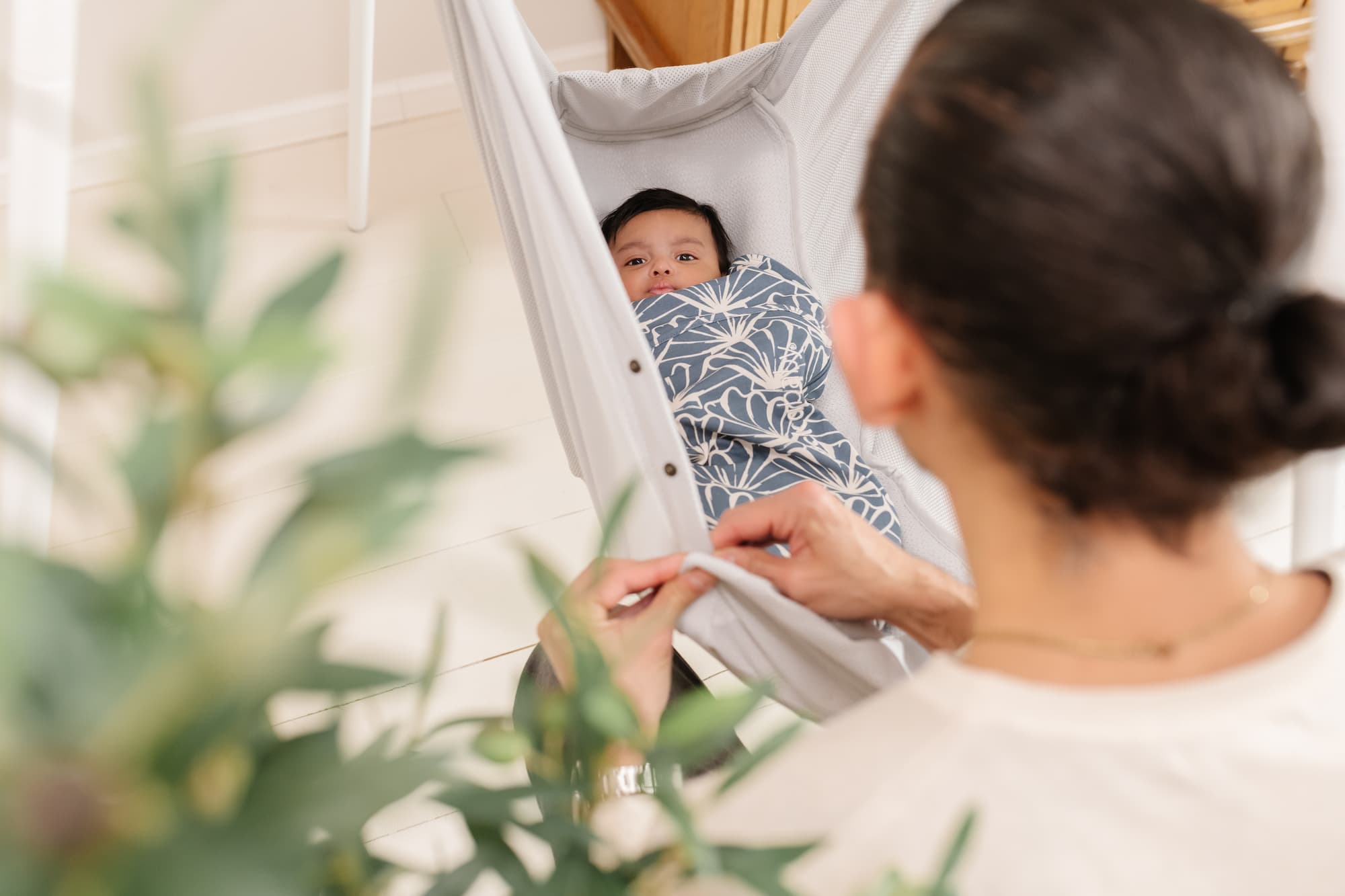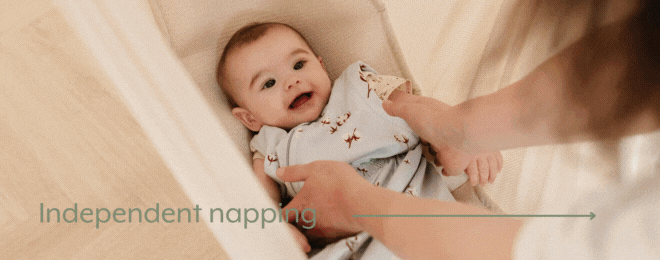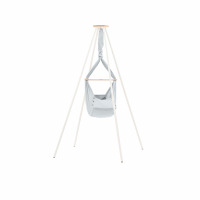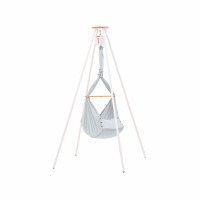Congratulations! You’ve smashed this parenting thing and your beautiful baby’s ready for the next big step – learning how to nap happy.
Daytime sleep takes a little practice, because it’s lighter than night-time. Babies don’t fall into deep sleep straightaway and can be easily woken up by the slightest thing. The trick is to teach them how to fall asleep independently, and if they wake up, to go straight back. So read on and find out how.
1. Keep it cosy and comfortable.
Turn day into night with a blind to darken their room. Keep it cool, but make sure they’re warm enough. Look for a good quality comfortable mattress that also keeps air flowing around their face, regulates temperature and wicks away moisture. If your baby likes it snug, try a swaddle or sleeping bag, or a smaller sleeping space like a hammock to help them feel hugged. And keep the noise down – or use a white noise generator to mask the other sounds and create a soothing drone.
2. Don’t wait until your baby’s asleep.
If you want your baby to learn how to fall asleep on their own, the day will come when you just gotta put them down, on their own, while they’re awake. So rock, cuddle and stroll, but only until they’re drowsy but not fully asleep.
3. Rock-a-bye baby.
You know how much rocking helps your baby get to sleep. But, breaking news, it doesn’t have to be you doing the rocking. Like many parents, you might find a swinging hammock to be a game changer at nap times, especially one with a motor to keep them gently moving. Even therapists and midwives recommend their naturally soothing effect.
4. Create a routine.
Manage your baby’s expectations. Establish a little naptime routine. Maybe sing a lullaby, give them a massage or pop them in a swaddle bag. Soon your baby will learn that these little clues mean it’s time to sleep. And try and stick to the same times every day. Not always possible, we know!


5. Take it nice and slow.
Some babies take longer than others to learn how to put themselves to sleep. That’s OK. Don’t force it, nobody wants tears before bedtime. If they don’t go straightaway, try talking, singing or swaying nearby. Don’t let them get distressed – do pick them up and rock them, but just don’t put the lights on. Gradually they’ll get the message and feel secure and relaxed enough to go to sleep on their own.
6. It’s all about timing.
Learn to read your baby’s signs, so you know when your little one is nap-ready. Watch the clock so they don’t have time to get overtired or a second wind. Make sure they’re fed, clean and changed before it’s time to go down. And if they’re rubbing their eyes and acting cranky, that means they need a nap. Even if they’ve just woken up!
7. Keep them busy in between.
The more active your baby, the better they’ll sleep later. Make playtimes fun, keep them busy, enjoy every little moment. They won’t stay like this for long!
8. Napping for longer.
A baby who can put themselves to sleep is more able to put themselves back to sleep, too. Meaning they can nap for longer. 30-45 minutes is good, 60-90 minutes is even better for the first couple of naps of the day. Try not to rush in as soon as they wake up – leave it for 5-10 minutes and often they’ll just go straight back to sleep. If they don’t, just go through the soothing process again. And don’t forget babies can be quite active in their sleep, wriggling, twitching and smiling and it’s easy to think they’ve woken up when they’re still sound asleep.
So now you’re a fully qualified nap facilitator, all that’s left is deciding what to do with all that me-time… Happy napping!


(Always check with your health care provider before starting any new sleep programme, or if you have any concerns about your little one’s sleeping.)



